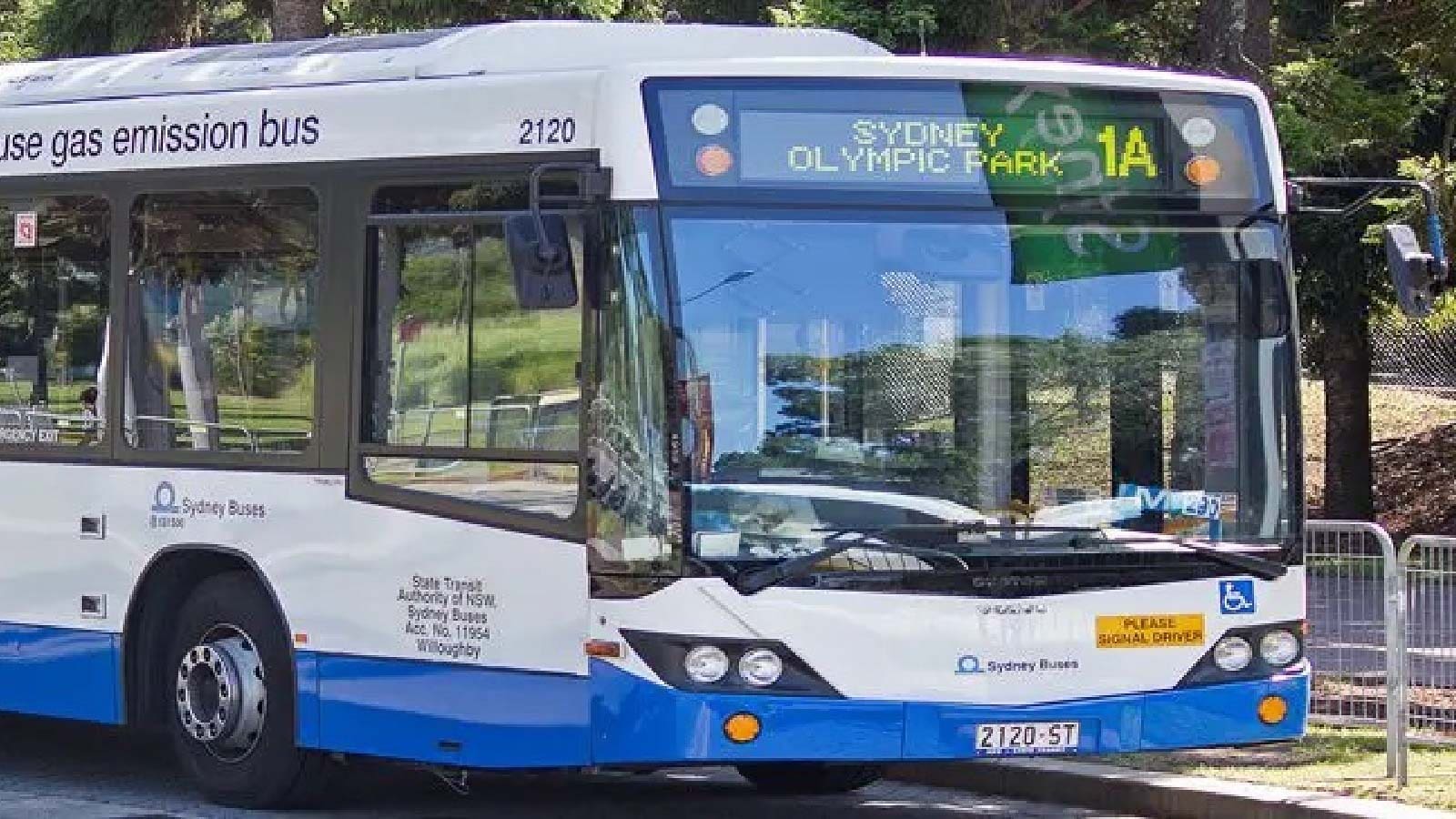
INTRODUCTION
The State Transit Authority of New South Wales is the government owned authority responsible for the operations of Sydney Buses and Newcastle Buses & Ferries. With over 2,200 buses, the State Transit bus fleet is one of the largest and most modern bus operations in the world.
BACKGROUND
In order to keep road networks safe, operational staff require a communications solution that meets the challenges presented by noisy, inaccessible and busy environments. Sydney Buses in Australia is no exception, and its operator, State Transit Authority of New South Wales, has relied heavily on Simoco’s radio technologies for many years to meet the needs for its drivers across varied locations in both Sydney and Newcastle.
Simoco has built a reputation for providing critical communications solutions to the roads sector acrossthe globe and has worked with Sydney
Buses for over 20 years.
Sydney Buses operates over 99,000 services per week on more than 300 regular routes across the Sydney and Newcastle metropolitan and extended areas, making seamlesses communication across the populous city critical
REQUIREMENTS
As demand for bus services increased, Sydney Buses recognised the requirement to conduct a system upgrade to ensure the future safety and efficient management of its fleet on their Private Mobile Radio (PMR) transport network. The operator’s existing analogue network was becoming old and unreliable and offered poor operational flexiblity for radio channel management to meet the requirements of new sophisticated tracking equipment installed on each bus. Additionally, the Australian Communications and Media Authority (ACMA) mandated the migration of legacy wideband UHF systems to more spectrum efficient narrowband networks. This meant that operators like Sydney Buses effectively needed to migrate existing systems to comply with the new legislation.
Sydney Buses required a customised radio communications management system, along with an upgraded radio base solution to meet the demanding needs of robust, flexible and cost-effective communicationsto ensure safe and timely travel for its customers. Given the size and scope of the bus transport network, Simoco was awarded a contract to upgrade the existing Sydney communications system and determined that a fully integrated, IP console based solution would offer the reliability and flexibility that Sydney Buses required while complying with the new narrowband legislations.
Simoco developed a new IP based management system replacing the old system, which featured ageing hardware-dependent desktop consoles, with industry-standard PC management software. This allowed for a more manageable and efficient means of deploying operational control room resources and management of radio channels.
The IP based dispatching system, which had a customised Graphical User Interface (GUI) to suit the requirements of Sydney Buses, was made up of a number of repeater sites for the depot channel based system. It included 13 operator IP dispatch consoles at the Transport Management Centre (TMC) in Eveleigh, and a four operator IP dispatch consoles system at the Disaster Recovery (DR) site with 32 repeaters across 8 radio base sites throughout Sydney.
The GUI was also customised with a VoIP telephone interface enabling operators to connect and make or receive telephone calls through the same headset as is used for the radio system.
To ensure a smooth transition, minimise downtime and keep traffic moving, the installation ran in parallel with the old system during the migration period that was completed depot by depot. This also allowed Sydney Buses sufficient time to train the staff on the new system.
Simoco serviced some 2,000 existing SRM9030 bus radios, upgrading them to include the new network parameters whilst catering for their existing duress and selective calling functions at the TMC and DR sites. It gradually upgraded the bus operator to an interlinked network, with the radios reprogrammed at night by expert staff over a six-week period.
Furthermore, Sydney Buses implemented Simple Network Management Protocol (SNMP) for system monitoring and remote alarms in the event of critical system or network failures.
REQUIREMENTS
Sydney Buses put its radio network up for RFQ because it had specific requirements that demanded local and expert support. The operators wanted more flexibility and access to data to help its staff better manage the bus fleet and to be proactive should any system faults arise.
Simoco‘s proposal met expectations, demonstrating the advantages of customising and streamlining the GUI plus delivering personalised service and maintenance. Even two years after the install, Simoco provides an exceptional service on the ground and supports equipment from our Australisian office in Parramatta.
Since implementation, Sydey Buses has reported minimal failures. In the unlikely event of system failure the remote diagnostics active on the network will allow Simoco to respond swiftly to take corrective action to restore communications. Furthermore, TMC has benefited from a simpler and more effective way of managing disaster recovery with no loss of data between the primary network control and the DR site. In the event of a catastrophic failure at the primary network control centre, users are able to access their exact console configurations from the DR site.